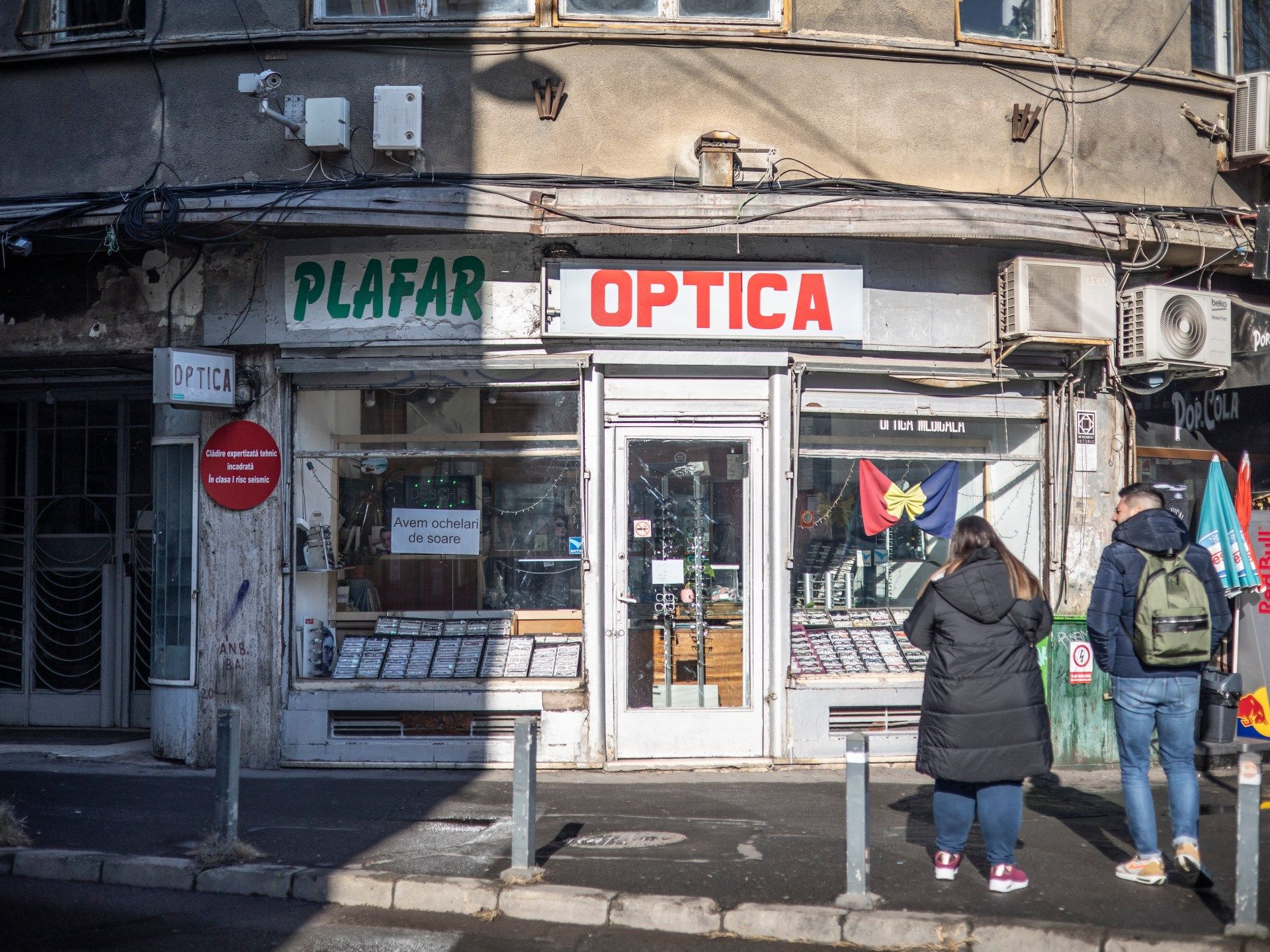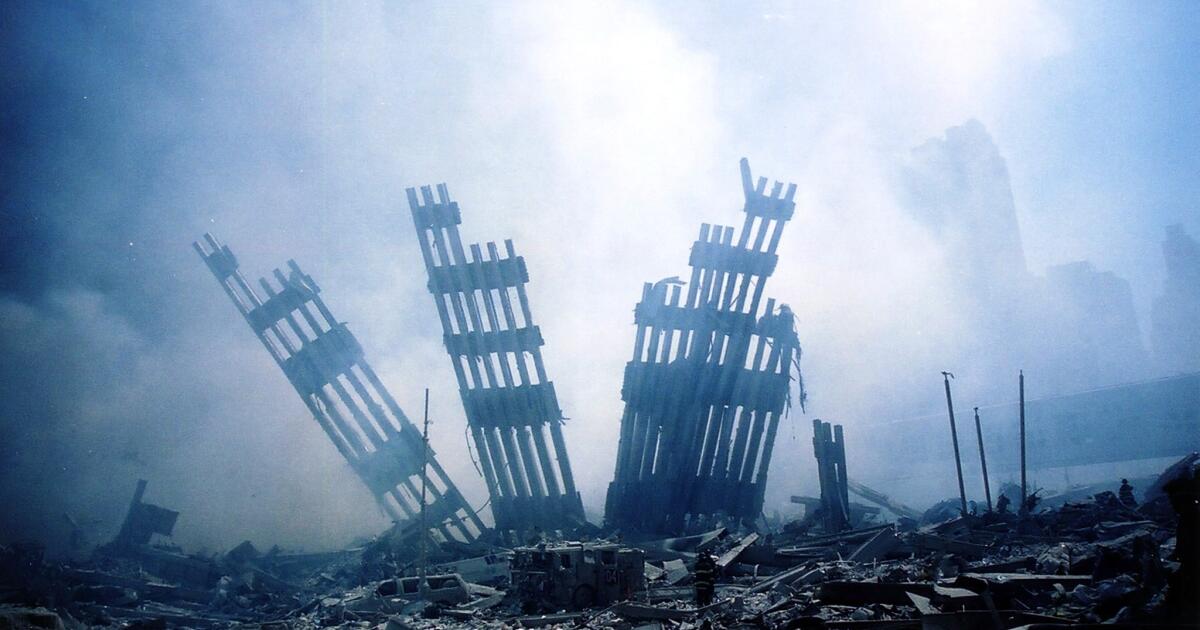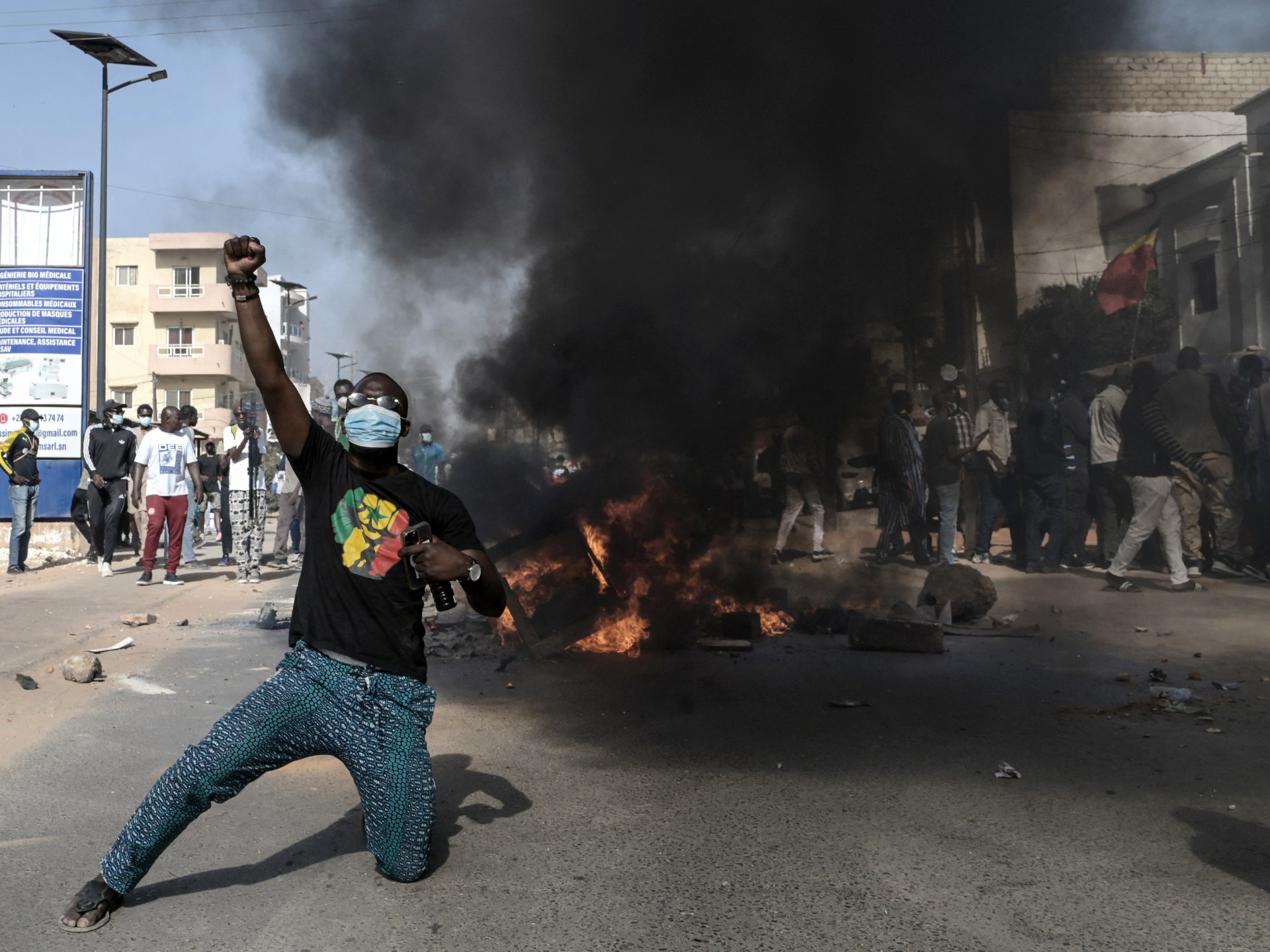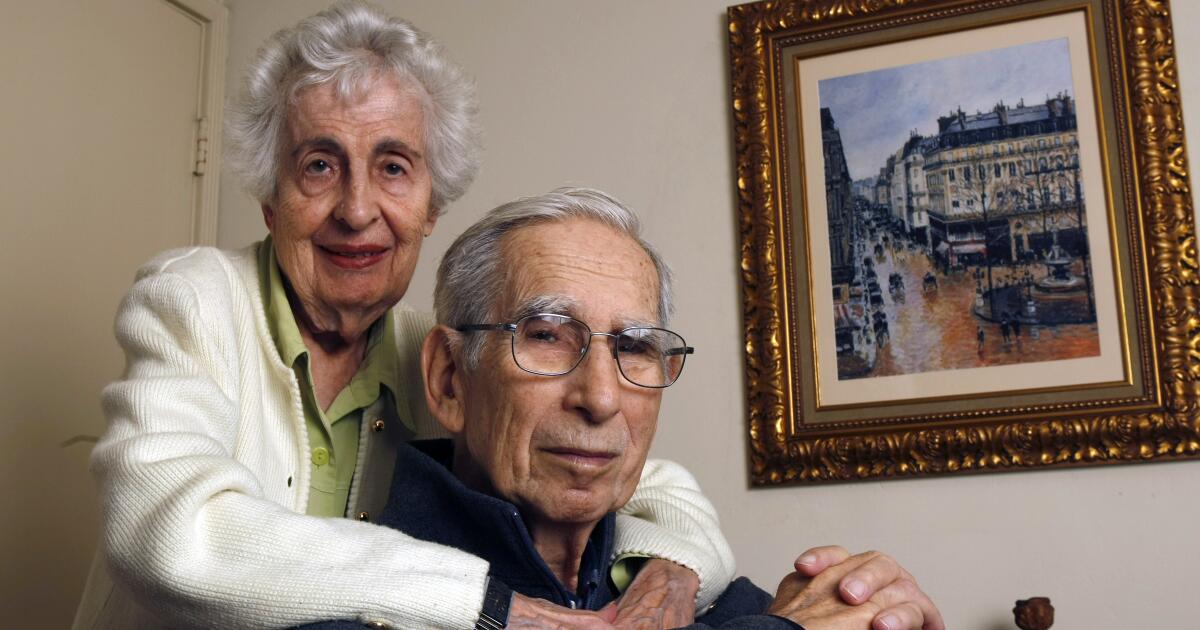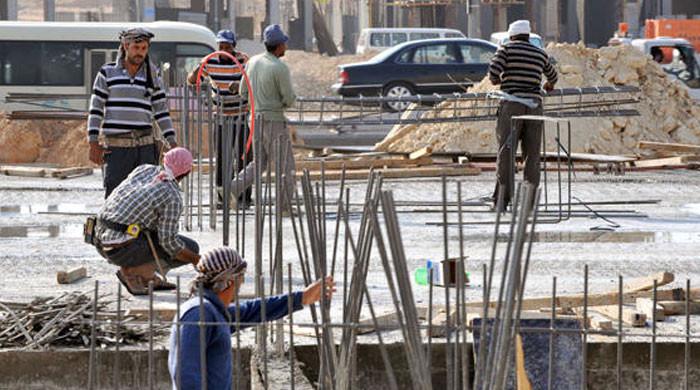Bucharest, Romania – Under the catchy name “One Love Central Studio,” a renovated apartment with an open kitchen on Bucharest's Doamnei Street is advertised on vacation rental website Booking.com for 53 euros ($57.30) per night in February.
“It is very well located,” mentions a review on Google Maps. “The building is quite neglected,” another user posted. “Nice view,” the user added. “Old elevator,” said a third.
However, the advertisement does not specify that this apartment is located in a building with a red dot, which means that it is classified as seismic risk class 1. On a scale of 1 to 4, one means risk of collapse in a strong earthquake .
Romania has one of the highest earthquake risks in Europe, along with Turkey, Greece, Albania and Italy. Bucharest is considered the capital of the European Union with the highest risk of earthquakes.
When the earth shakes, the tremors evoke fears related to the 1977 catastrophe that, according to the World Bank, claimed 1,578 lives in Romania and caused damage totaling approximately $2 billion. March 4 will mark the 47th anniversary of the tragedy.
“Cutremur” (“earthquake” in Romanian) was the most searched word on Google in Romania in 2023 after the 7.8 magnitude earthquake in Turkey and Syria on February 6, and after the 5 magnitude earthquake in Gorj county , Romania, on February 14.
These tragedies raised alarm bells in Romania and new policies were proposed.
Last March, former Development Minister Attila Cseke suggested banning the rental of apartments located in buildings with level 1 seismic risk. The order was approved by the Romanian Parliament and came into force on January 1, 2024. .
A quick search on rental websites shows that apartments in buildings with a red dot are still rented in Bucharest, although owners could face fines ranging from 5,000 lei ($1,088) to 10,000 lei ($2,175).
On the morning of February 27, two tourists stood in front of the building with a level 1 seismic risk classification on Doamnei Street in Bucharest, with a suitcase and their smartphones in their hands. They confirmed that they had just arrived and were waiting for their entry code. Against the wall was a row of boxes containing keys. They wrote the code and entered.
Inside the building, in a booth in the lobby, the president of the community stated that the apartments are not rented, “only those reserved through Booking,” she added, when this reporter mentioned having spoken with tourists who stay there.
Asked by Al Jazeera if they were aware that apartments in earthquake-vulnerable buildings were still advertised on their website, a Booking.com spokesperson said by email: “We are aware of the new legislation and are considering how it applies to Booking. .com”.
The company “also highlights that our accommodation partners must ensure that they are aware of their obligations and act in accordance with all local laws,” the Booking.com spokesperson added.
Using official data to map seismic risk
“Personally, I am very happy with this measure of banning rentals in red spots,” said Marina Batog, co-founder of the engineering-focused NGO Make Better (MKBT).
“It is a first step to stop speculation on earthquake-vulnerable buildings and mobilize private funds for seismic retrofitting,” he said, referring to the continuing trend of buying such apartments cheaply, often in cash, and renting them out at high prices. after renovation.
Romania's civic tech movement has used official data to map all buildings in the country with a red dot.
As a joint project of Code for Romania and the NGO Make Better, they created the website “acasainsiguranta.ro” (safe house), which provides resources to understand seismic risk and how to act, individually and collectively.
With the aim of “creating technology to address social problems,” Code for Romania emerged at the end of 2015, after the fire at the Colectiv nightclub in Bucharest, where 64 people died, explained its co-founder, Bogdan Ivanel.
After developing several tools during the COVID-19 pandemic and in the context of the war in Ukraine, they thought “it made sense to work with what could be the next potential catastrophe in Romania: an earthquake,” Ivanel said.
They were inspired by “Codeando México,” a civic innovation group that, after the 2017 Puebla earthquake, created a collaborative map of shelters, help centers, and a database of survivors and volunteers.
Batog said they went door to door to red dot buildings and collected data on their demographics in 2016.
“We wanted to know who lives there,” he said. They found “many unoccupied units”; units inhabited by former tenants who are reluctant to move, and units rented by poorer groups, who “basically trade security for price,” she added.
And a growing trend is for these types of properties to be acquired by wealthy people who pay cash – “since red dot buildings are not financeable,” Batog said – who carry out renovations and rent them out for offices or tourist apartments. “Hotels need to pass inspections, Airbnbs don't,” he added.
Bucharest's countless vulnerable structures
Several laws have been passed in recent years to minimize seismic risk in Romania, including one that came into force in July 2022 to allow buildings with seismic risk to be reinforced with state funds.
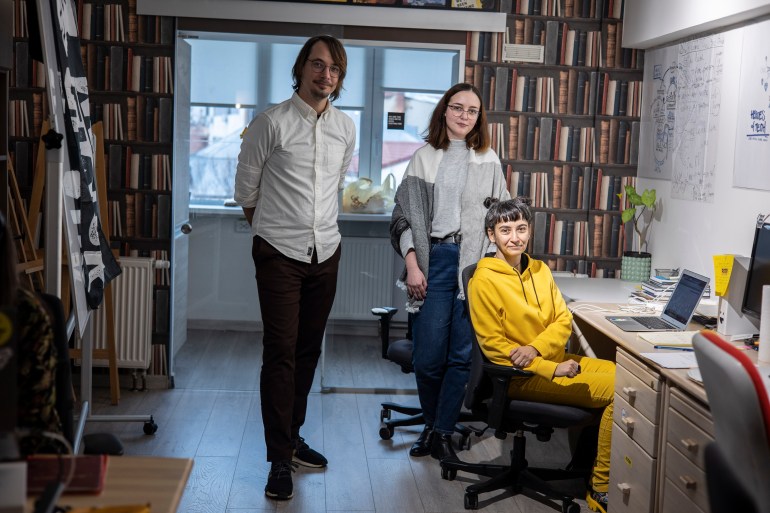
However, progress has been slow. In the last 30 years, only 26 buildings have been renovated with public funds in Romania, 19 of them located in Bucharest, according to the Ministry of Development, Public Works and Administration.
As part of Romania's National Recovery and Resilience Plan, 220 million euros ($238 million) will be invested in improving the seismic resilience and energy efficiency of multi-family residences and public buildings in risk 1 and risk 2 categories, it said. a spokesperson for the Ministry of Development, Public Works and Administration via email.
“We have the vision, we have the money, we have the legislation, but we also need the participation of all local authorities,” Adrian Veștea, head of the ministry, posted on Facebook in October 2023.
A woman with shopping bags opened the door of a building marked with a red dot in Bucharest's Victor Eftimiu Alley one morning in early February. Preferring anonymity, she said the building will begin renovation in August and residents will move into government-provided apartments. “Rehabilitation may take a few years and then we'll be back,” she said.
What happens if an earthquake occurs before August? “It's certainly a risk,” she admitted.
Building owners, including individuals and homeowner associations, along with property management entities, “must supervise the buildings they own or manage and have technical expertise [them]“said a ministry spokesperson.
Currently, in Bucharest 391 buildings are classified as risk 1 or at risk of collapse, but the figure could be much higher, since many buildings have not been subjected to technical expertise to evaluate their seismic vulnerability or were evaluated already in the 90s, Theoalida explained. Author of the interactive map: Harta Blocuri (“Map of the Block”).
Driven by his passion for communist architecture, in January 2018, Teoalida, who prefers to use his nickname, began creating a comprehensive database for his hometown of Ploiesti, later expanding it to include Bucharest and 10 of the 40 counties. across the country in 2023. He has dedicated around 2,000 hours voluntarily to the map.
“No one knows, not even the authorities,” said Batog, when asked if the Romanian population is aware of all the buildings in danger.
The Bucharest Municipal Committee for Emergency Situations estimated in 2022 that approximately 23,000 buildings in Bucharest could suffer “significant damage” in a strong earthquake, including dozens of schools, universities and hospitals.
Question of seconds
Red lines move like sea waves on the giant screens at Romania's National Institute for Research and Development of Earth Physics (INCDFP) in Magurele, southwest of Bucharest.
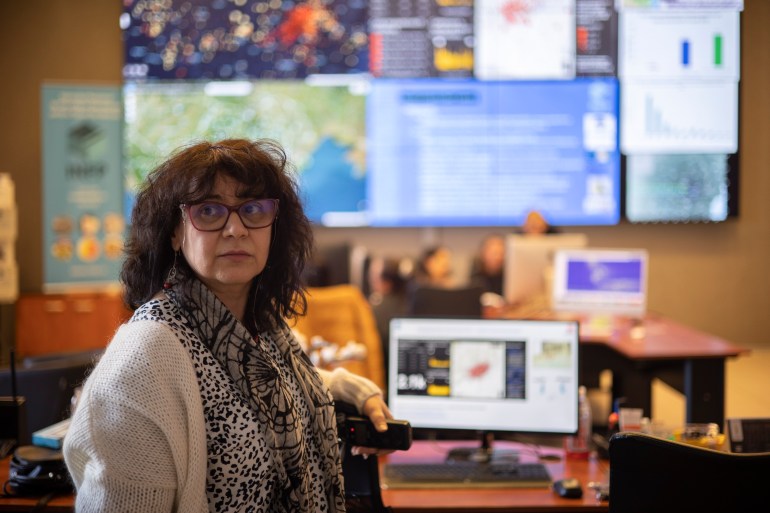
“The ground is not static, it is always vibrating,” says Carmen Ortanza Cioflan, scientific director of the INCDFP, pointing to a computer.
Someone monitors the charts 24 hours a day. At night there are always two people.
Ortanza explained that when an earthquake occurs the initial steps must be taken “in a matter of seconds.”
If the earthquake exceeds 4.5 on the Richter scale, in 25 seconds, “we will have public results from the earthquake early warning system (EEW),” he said.
The EEW is used to quickly detect earthquakes, estimate tremor hazards in real time, and provide notifications before strong tremors occur.
In Ortanza's view, the EEW is “probably the greatest achievement so far” since the 1977 earthquake, as the response can save lives or cause more damage.
Japan has had a widespread EEW system since 2007, and it is now used in several countries, including Mexico, Turkey, Romania, China, Italy and Taiwan.
“And we are making a lot of efforts at the educational level in the media and also through dedicated projects,” Ortanza said.
Of the more than 1,500 people who died in the 1977 earthquake, 480 died from burns caused by gas fires, as gas was still being pumped after the earthquake.
When asked if Romania would be more prepared this time, Ortanza replied: “It depends.”
“We have to be prepared at the personal level, at the community level, at the institutional level and throughout society,” he said. “Panic causes more victims than the earthquake or the building itself.”

